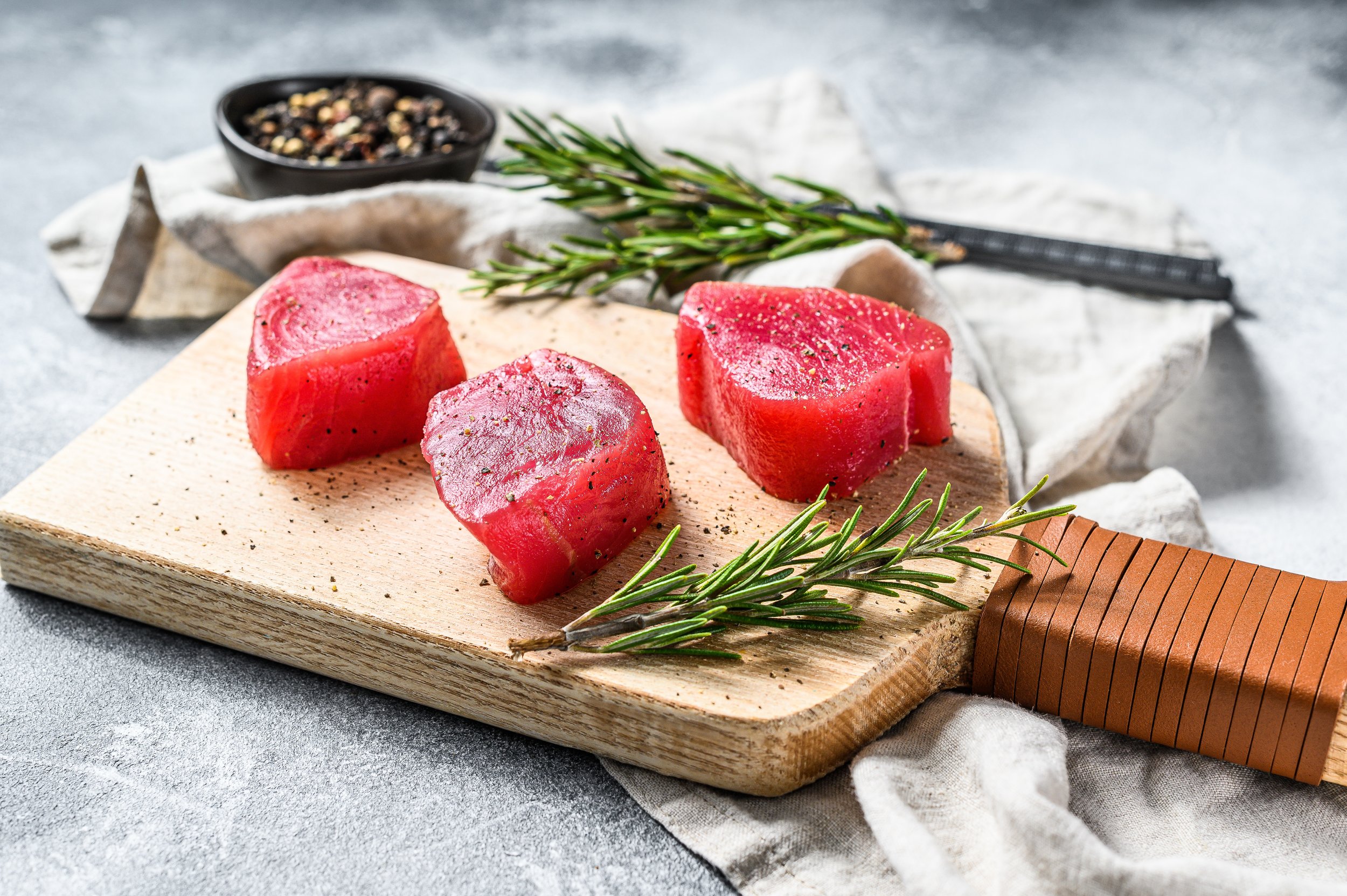Beets
Although beets have the highest sugar content of all vegetables, most people can safely eat beet roots a few times a week (and their greens in unlimited quantities), enjoying not only their sweet, earthy flavor but also their powerhouse nutrients that may improve your health in the following ways.
Buy It
Choose small or medium-sized beets whose roots are firm, smooth-skinned and deep in color. Smaller, younger beets may be so tender that peeling won't be needed after they are cooked.
Avoid beets that have spots, bruises or soft, wet areas, all of which indicate spoilage. Shriveled or flabby should also be avoided as these are signs that the roots are aged, tough and fibrous.
Add It
It’s best to use small or medium beets if you want to cook them conventionally, otherwise it takes forever. Rinse the beets and cut away all but an inch of the stalks. Combine in a large deep saucepan with water to cover; bring to a boil, then simmer until just tender.
Beets are delicious cooked (it brings out their natural sweetness), but they’re also splendid in their raw state, peeled, grated, and added to salads. There are three main ways to prepare beets (other than not cooking them at all): microwaving, cooking, and roasting. If your beets come with the greens, save them and use as you would chard, which they greatly resemble.
Prep It
Yes, the beets can stain your hands for a while. That's because the red/magenta beets can also act like a dye and tend to color the foods which they are cooked with.
Simply scrub with a vegetable brush and water.
If eating the greens, I recommend chopping them off and soaking them in a bowl (or salad spinner) full of water with 1/4 cup apple cider vinegar, or lemon juice, or lime juice, or some other foodie acid. Let soak. Drain. Rinse.




